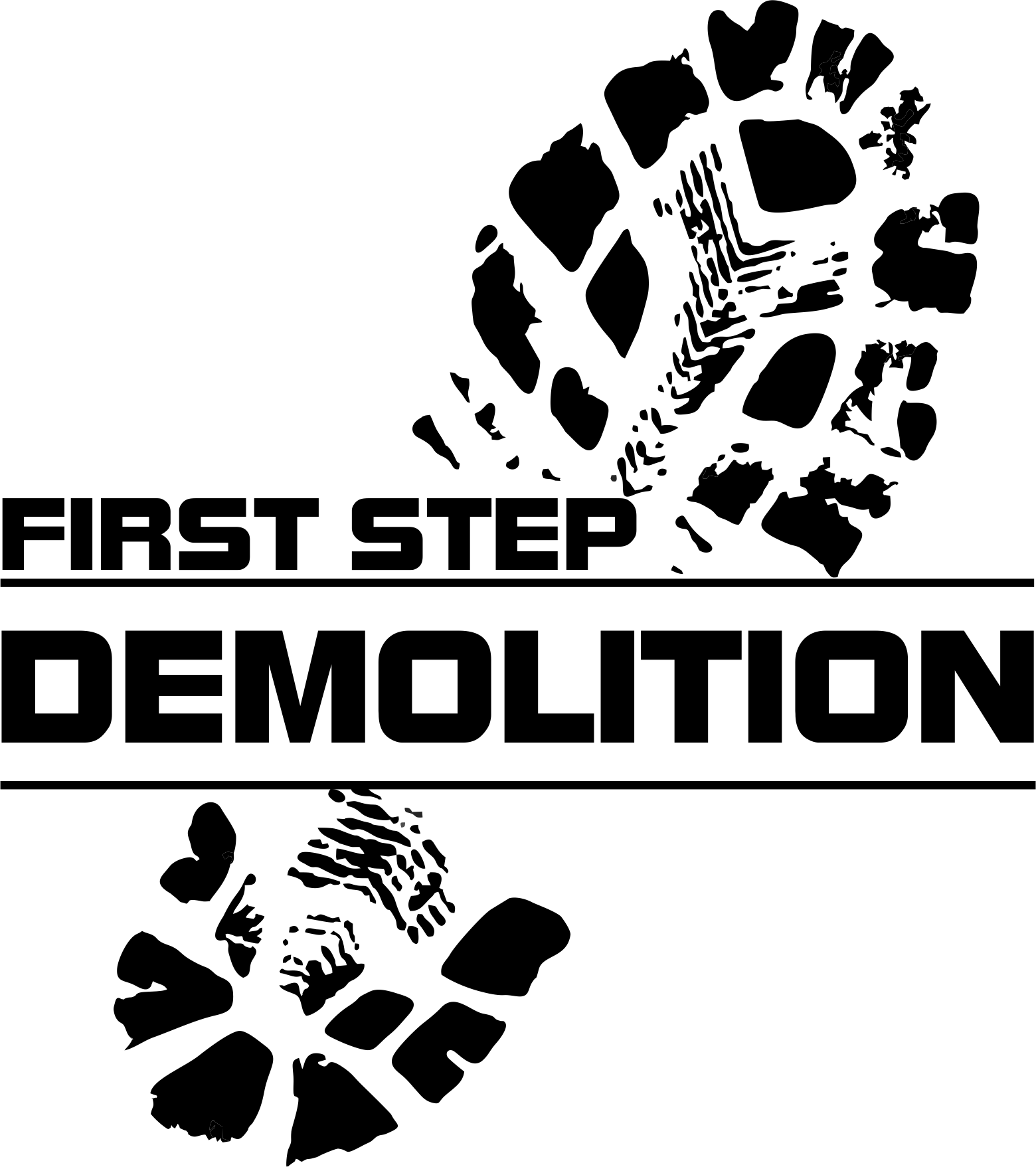The Vital Role of Demolition Companies After a Disaster
Have you ever thought about what people's fears are? I’m sure death would be on top of the list, but I bet being devastated by natural disasters is definitely on the list. Not only because it can claim lives unexpectedly, but it can also destroy what you have worked for for years. Natural disasters, such as earthquakes, hurricanes, floods, and tornadoes can cause immense devastation to communities. These kinds of natural disasters can leave countless buildings and properties damaged or worse, completely destroyed. But what can we do after seeing the destruction left by these kinds of natural disasters? Calling a professional demolition company is one of the things you can do after a natural disaster destroys your property. What do you think is the role of demolition companies after a disaster?
Well, in the aftermath of these disastrous calamities, the process of recovery and rebuilding begins, which often involves the expertise of demolition companies. In this blog post, we will explore the critical role demolition companies play in disaster relief efforts and the unique challenges they face in helping communities bounce back from catastrophe.
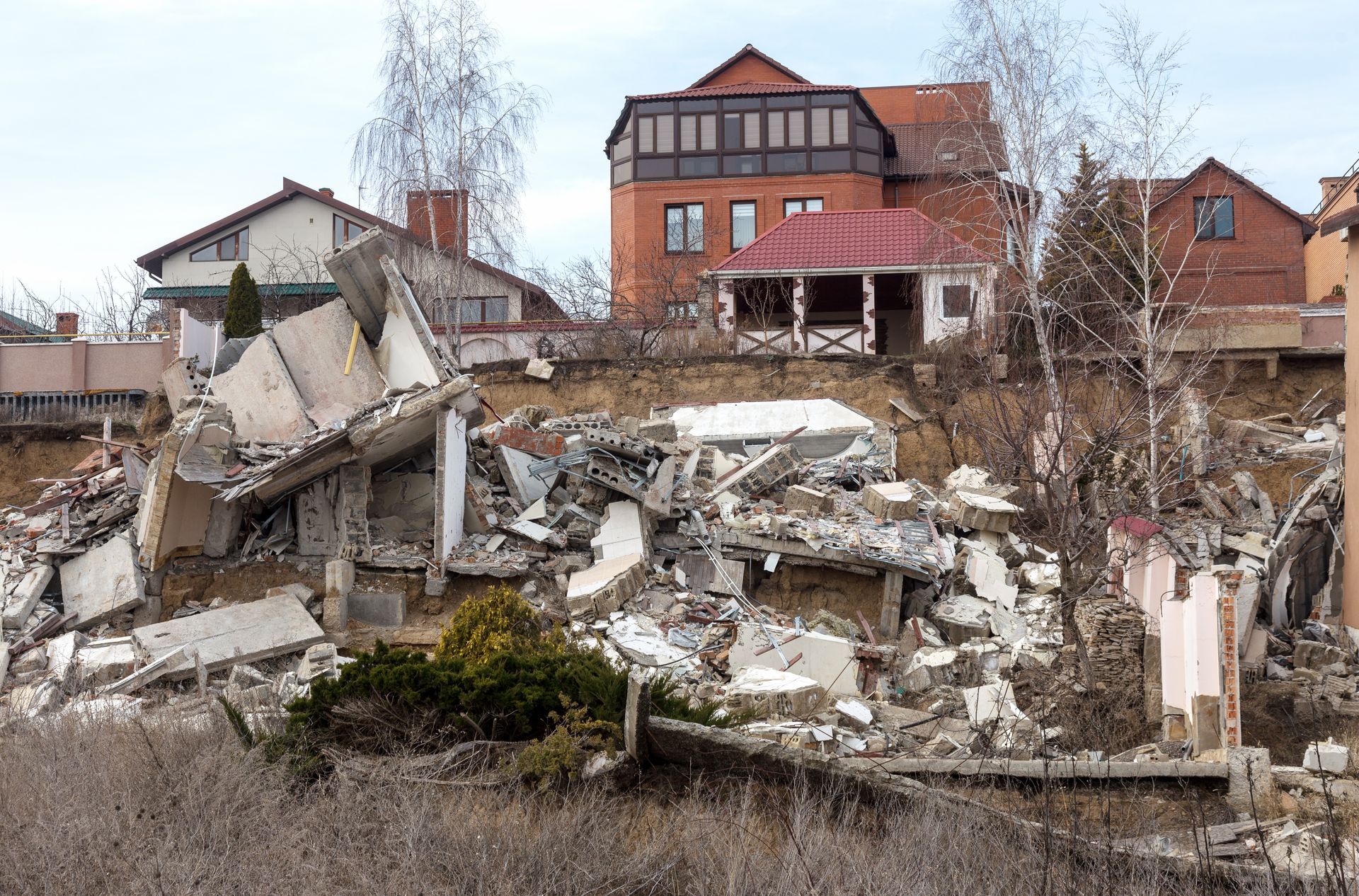
The Role of Demolition Companies in Disaster Relief
When natural disasters strike, the primary concern is the safety and well-being of affected individuals. Once immediate rescue operations have concluded, the focus shifts to clearing debris, assessing structural damage, and making way for rebuilding efforts. Demolition companies play a vital role in this process by:
1. Clearing Debris
One of the first steps in disaster recovery is removing debris from affected areas. This task is crucial in laying the foundation for reconstruction efforts and ensuring the safety of both rescue teams and the affected communities. Demolition companies, with their specialized equipment and expertise, play a vital role in clearing debris safely and efficiently. The advantages of employing demolition companies for debris removal include:
Utilizing Specialized Equipment
Demolition companies possess a range of specialized equipment designed for debris removal, such as excavators, bulldozers, loaders, and dump trucks. These machines enable them to maneuver through disaster-affected areas, efficiently clearing debris while minimizing the risk of injury or additional damage.
Skilled and Trained Personnel
Demolition companies employ skilled and trained personnel who are experienced in handling debris removal tasks under challenging circumstances. These professionals understand the unique hazards associated with disaster-affected areas and are adept at executing debris removal operations while prioritizing safety.
Improved Access to Affected Areas
By efficiently clearing debris, demolition companies facilitate better access to the affected areas for relief organizations, utility companies, and construction crews. This improved access is crucial for assessing damage, restoring essential services, and beginning the rebuilding process.
Ensuring Public Safety
The swift and efficient removal of debris by demolition companies helps ensure public safety by preventing additional accidents and injuries. It also mitigates the risk of disease outbreaks that can arise from standing water or contaminated materials.
Accelerating Reconstruction Efforts
With debris cleared, reconstruction efforts can commence more rapidly. Demolition companies not only make way for new construction but also assist in sorting and recycling materials when possible, reducing waste and promoting sustainable rebuilding practices.
Coordinating with Relief Organizations
Demolition companies often work closely with relief organizations, local authorities, and other stakeholders during disaster recovery operations. This collaboration ensures a coordinated and efficient approach to debris removal, maximizing resources and minimizing disruptions to the affected communities.
2. Structural Assessment and Stabilization
Demolition experts are trained to assess the structural integrity of damaged buildings, determining whether they can be repaired or need to be demolished. In some cases, structures may need temporary stabilization to prevent further damage or collapse.
3. Demolition of Unsafe Structures
When a building is deemed unsafe or beyond repair, demolition companies step in to dismantle or demolish the structure. This process must be carried out with precision and care, especially when dealing with structures that have been compromised by disaster.
4. Recycling and Waste Management
Demolition companies are responsible for managing waste generated during disaster recovery operations. This process includes recycling materials when possible, such as concrete and steel, and disposing of hazardous waste in an environmentally responsible manner.
Challenges Faced by Demolition Companies in Disaster Relief
Working in disaster-affected areas presents unique challenges for demolition companies. Some of the key difficulties they face include:
1. Safety Concerns
Demolition companies must prioritize the safety of their workers and the public while operating in hazardous conditions. This may involve working with unstable structures, navigating debris-filled sites, and addressing potential hazards such as gas leaks or electrical issues.
2. Limited Access and Infrastructure Damage
Access to disaster-stricken areas can be restricted due to road damage, fallen trees, or debris. Demolition companies must find ways to transport their equipment and personnel to the affected sites, often working with limited resources and infrastructure.
3. Time Constraints
In the aftermath of a disaster, there is often immense pressure to clear debris and demolish unsafe structures quickly. Demolition companies must balance the need for efficiency with the importance of maintaining safety standards and minimizing environmental impact.
4. Emotional Toll
Working in disaster-affected areas can be emotionally challenging, as demolition professionals often witness the devastation firsthand. This emotional toll underscores the importance of providing support and resources for workers to cope with the stress and trauma they may experience.
Conclusion
Demolition companies play a crucial role in disaster relief efforts, helping communities recover and rebuild after catastrophes. By clearing debris, assessing structural damage, and demolishing unsafe structures, these professionals pave the way for reconstruction and healing. While facing unique challenges, demolition companies remain dedicated to safety, efficiency, and environmental responsibility, underscoring their importance in the recovery process and the resilience of our communities.
First Step Demolition
In the aftermath of disasters, demolition companies play an indispensable role in the recovery and rebuilding process. Their expertise in clearing debris, assessing structural damage, and demolishing unsafe structures allows communities to heal and restore their lives. Demolition professionals also navigate the unique challenges of working in disaster-affected areas, ensuring the safety and well-being of both their workers and the public. Their commitment to efficient, safe, and environmentally responsible operations underscores their importance in helping communities bounce back from catastrophes.
As we've discussed, the services provided by demolition companies are invaluable in times of crisis. If you find yourself in need of demolition services following a disaster, we encourage you to consider First Step Demolition. Our team of experienced professionals is dedicated to providing efficient, safe, and environmentally responsible demolition solutions tailored to your specific needs.
Don't wait until the next disaster strikes – be prepared by partnering with a reputable demolition company.
Contact First Step Demolition today to learn more about our services and discover how we can help you rebuild and recover after a disaster. Together, we can make a difference in restoring communities and creating a brighter future for all.
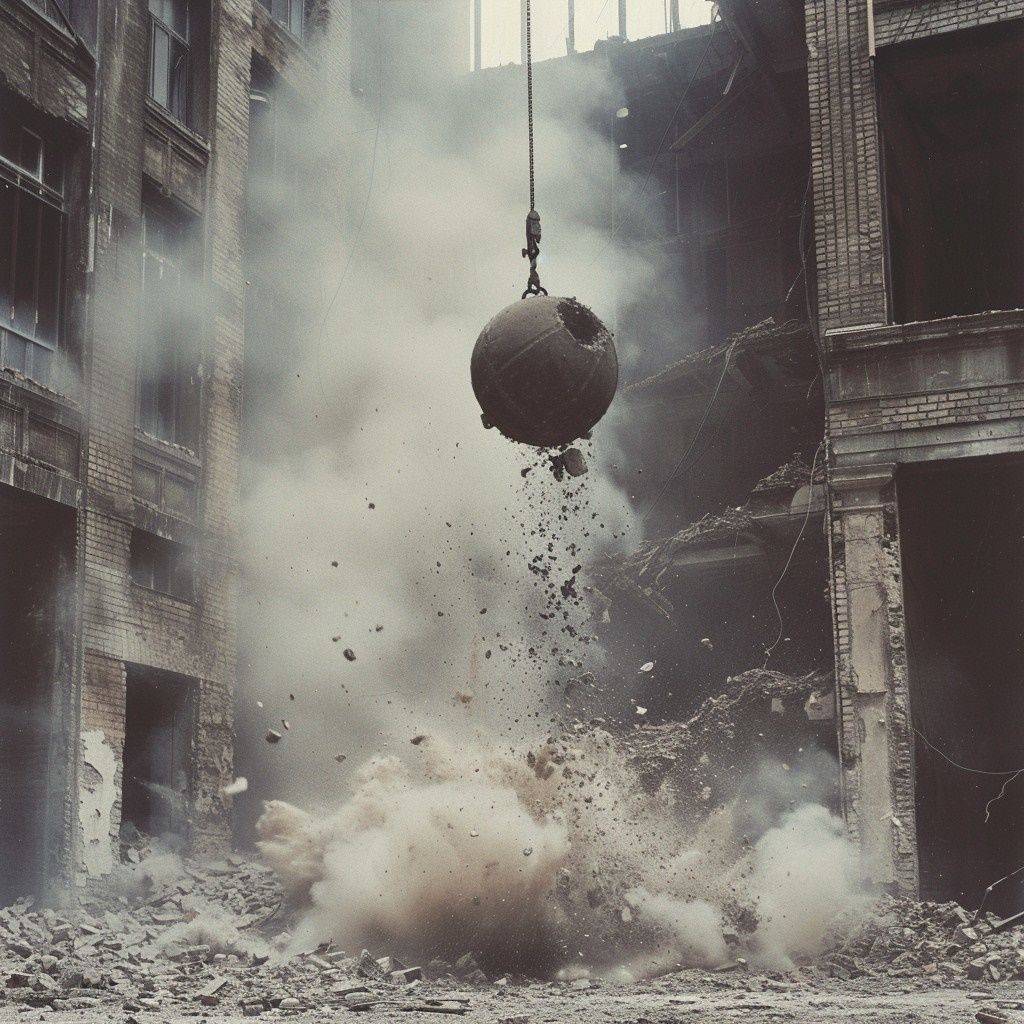
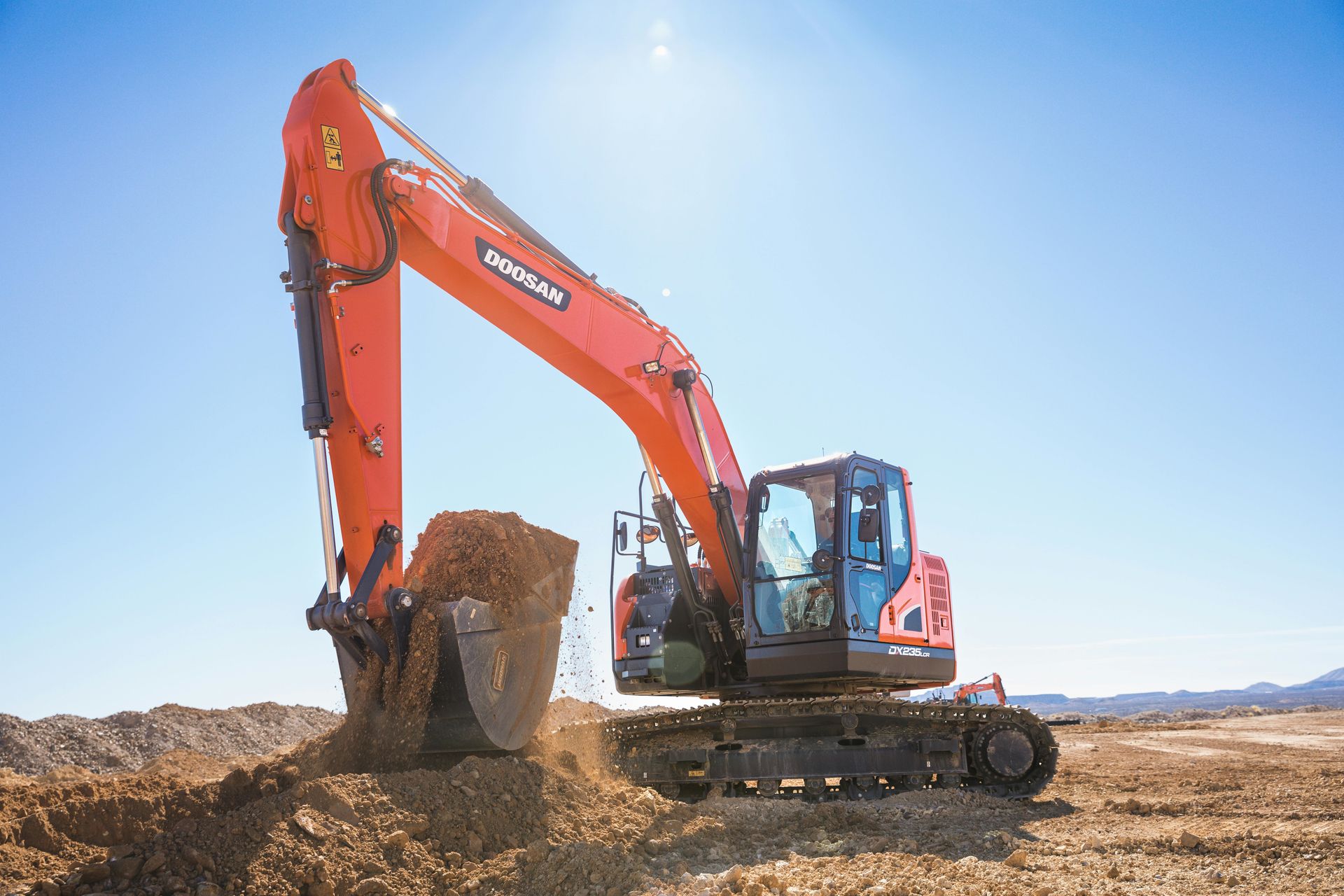
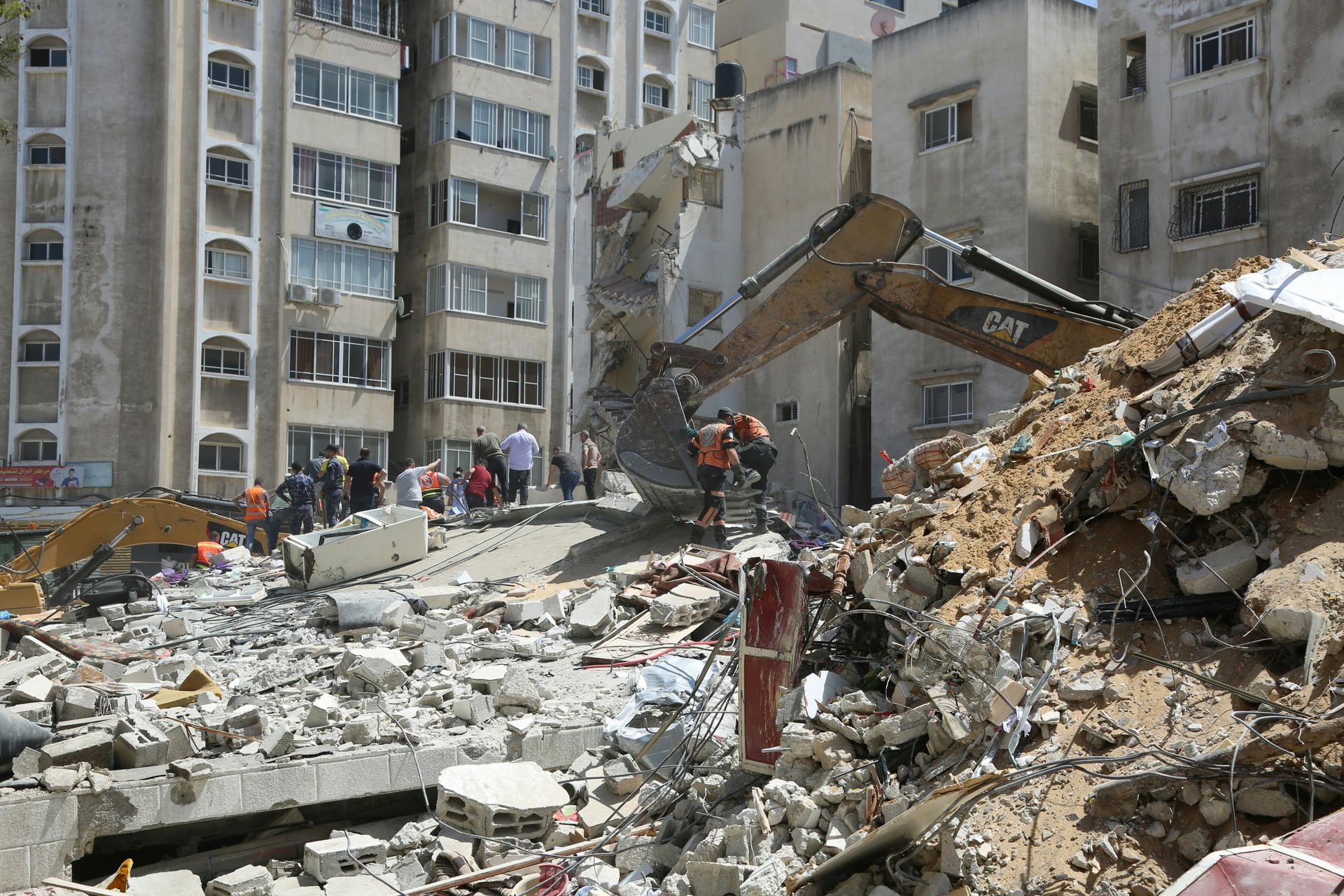
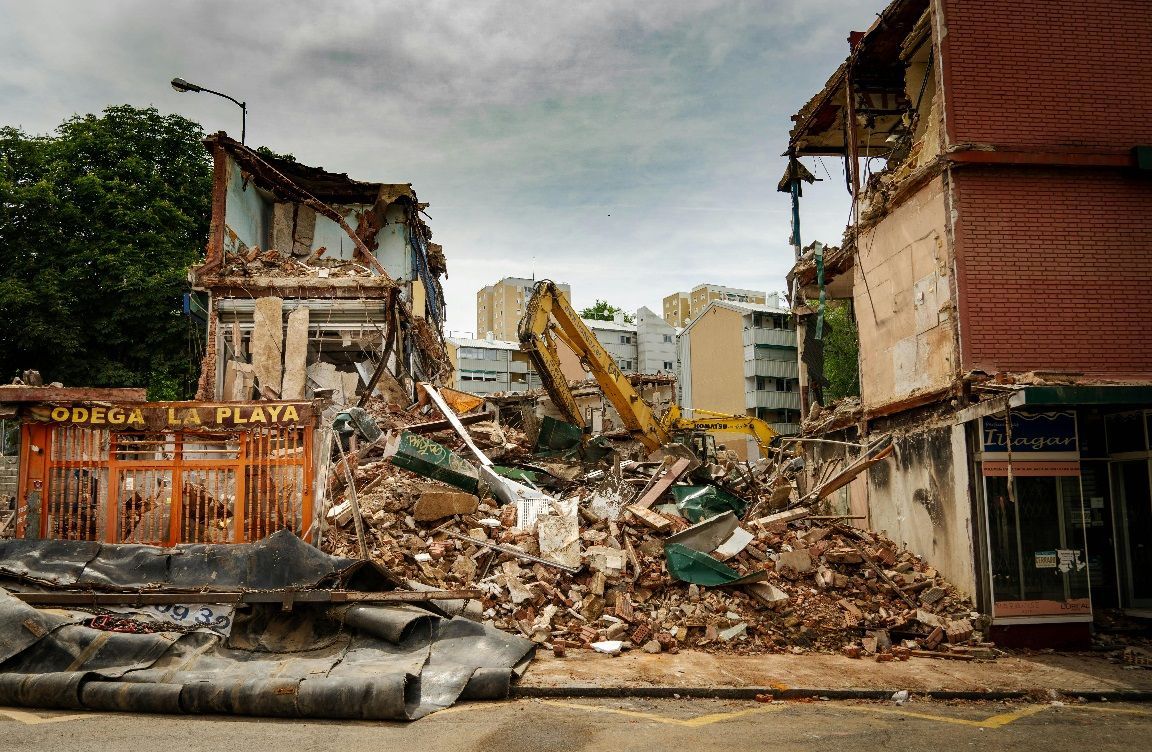
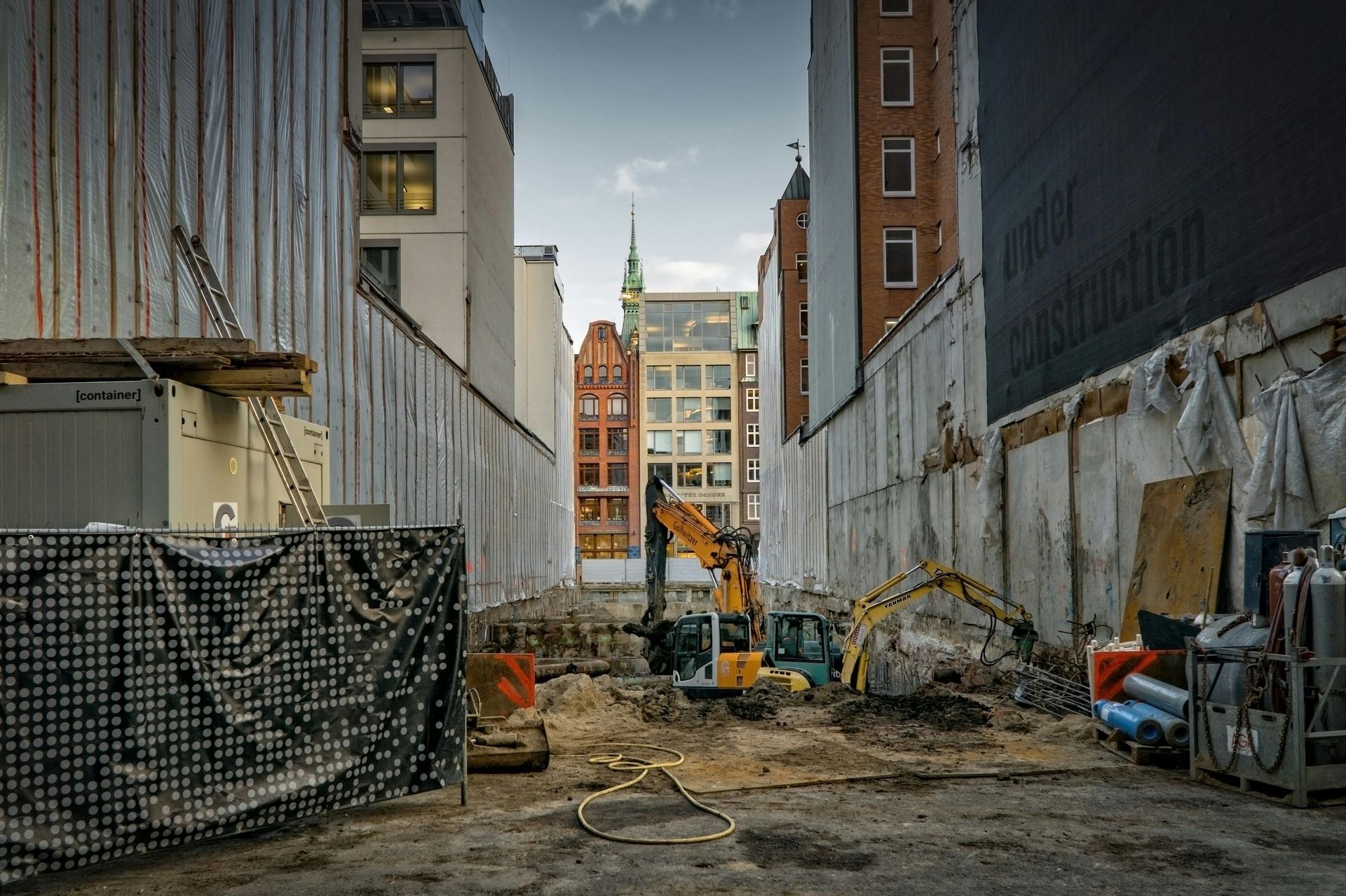
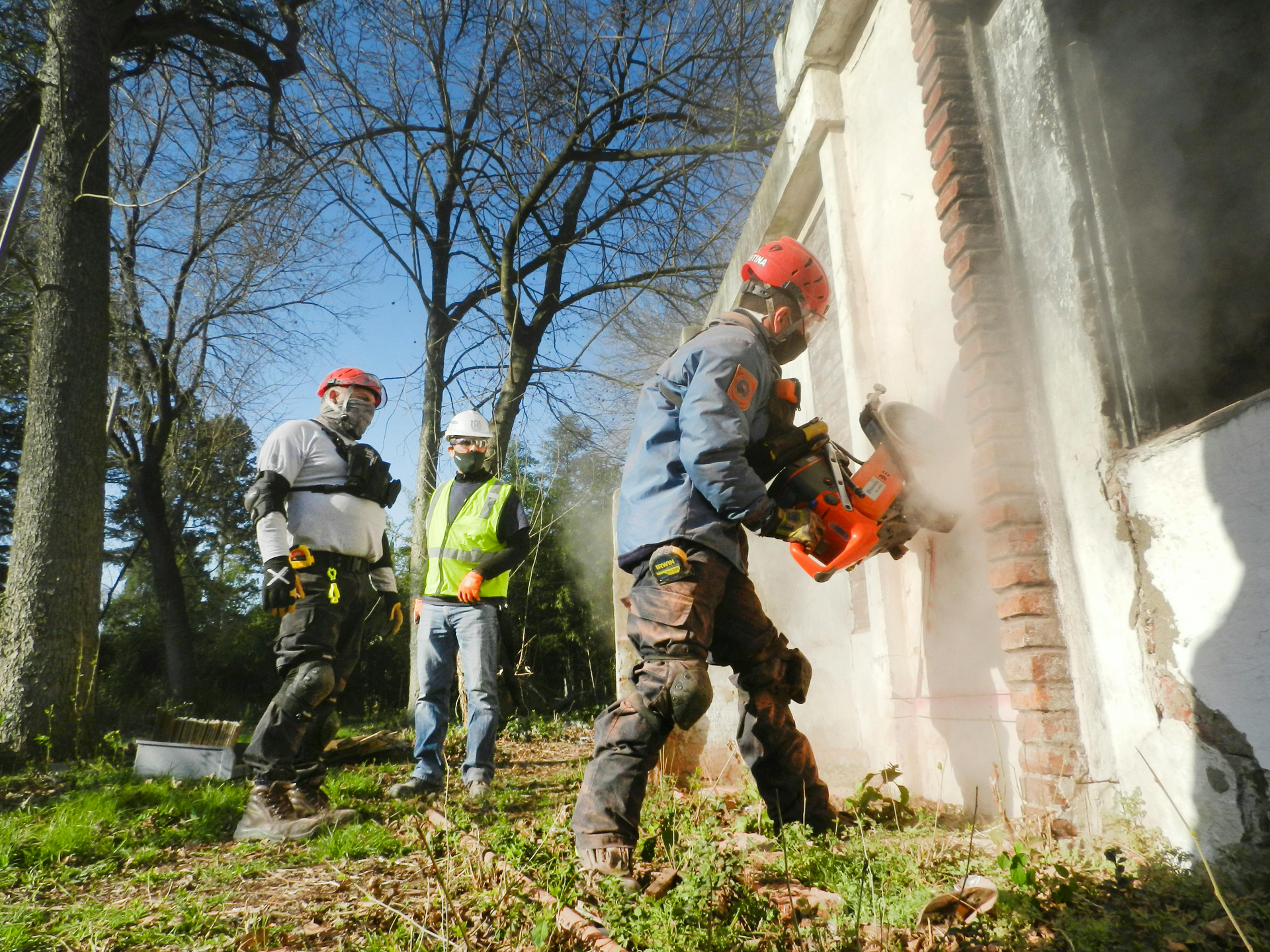


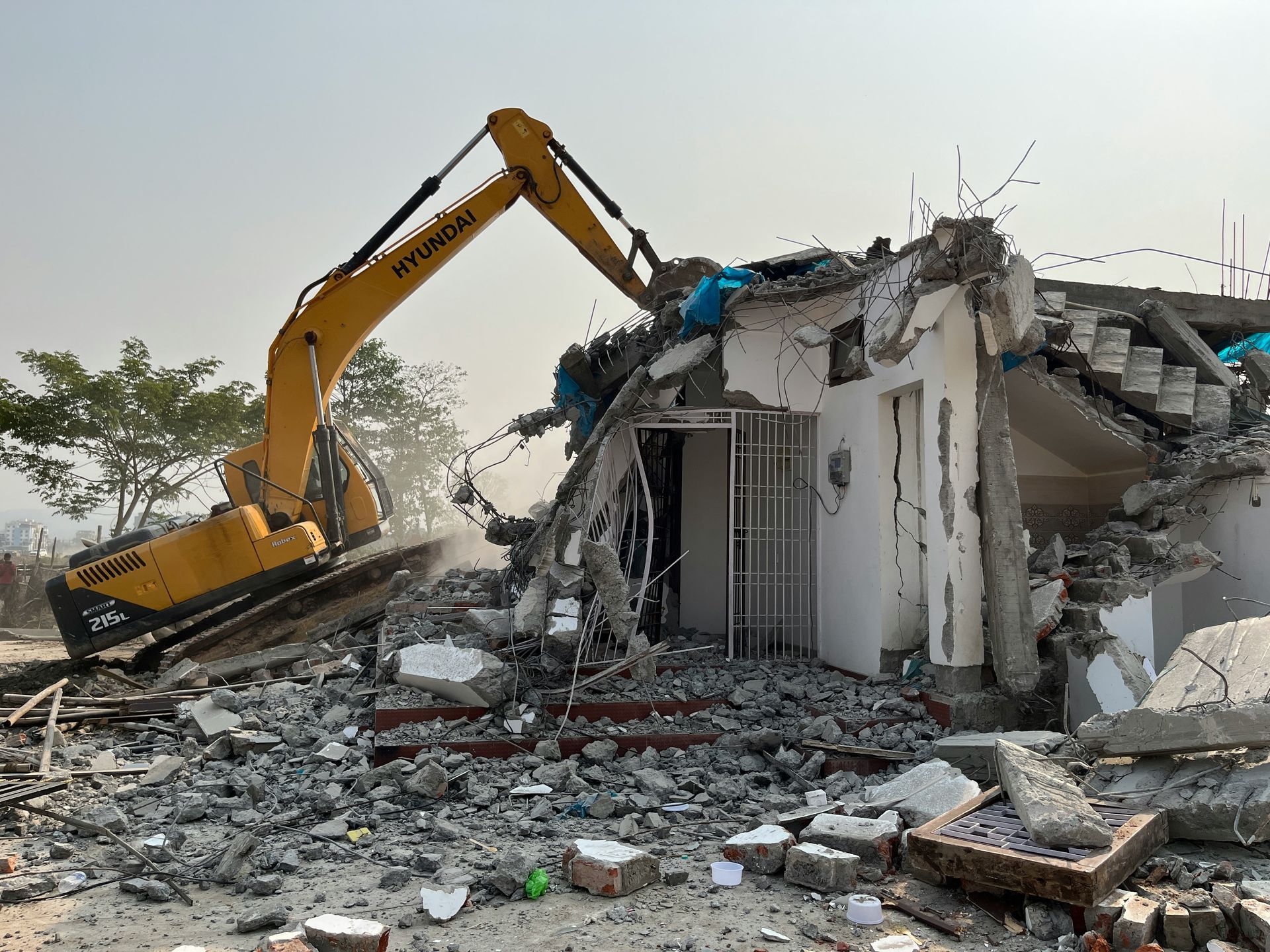
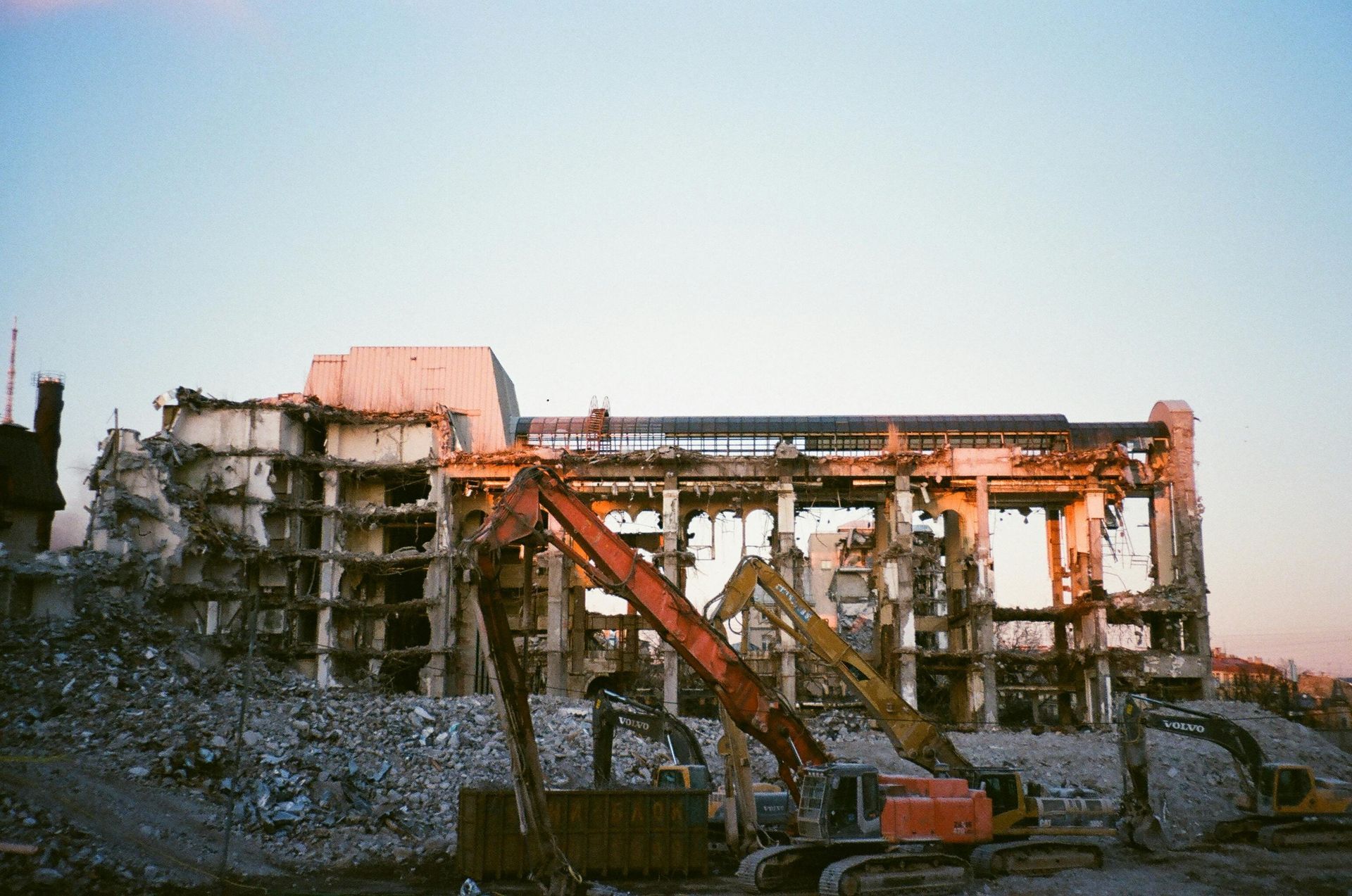
FIRST STEP DEMOLITION PROVIDES COMMERCIAL AND RESIDENTIAL DEMOLITION AND SITE PREP SERVICES TO CUSTOMERS THROUGHOUT ARIZONA.
OUR WEBSITE
OUR COMPANY HAS HIGH SAFETY STANDARDS AND COMPLIES WITH ALL OSHA REQUIREMENTS
Website Designed by: Kickass Websites
